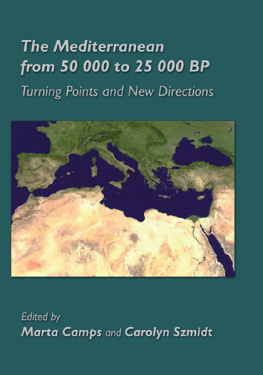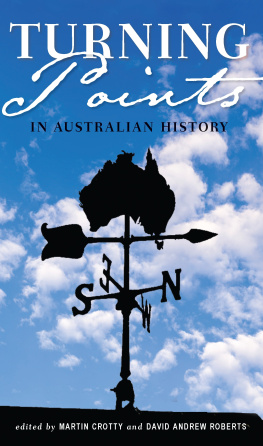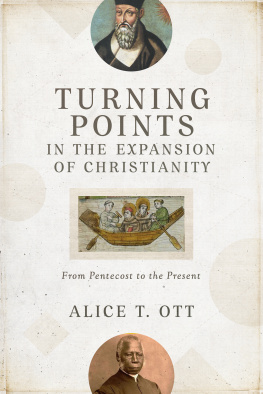Published by
Oxbow Books, Oxford, UK
Oxbow Books and the individual authors, 2009
ISBN 978-1-84217-314-5
EPUB ISBN: 978-1-78297-289-1
PRC ISBN: 978-1-78297-290-7
A CIP record for this book is available from the British Library
This book is available direct from
Oxbow Books
and
The David Brown Book Company
PO Box 511, Oakville, CT 06779, USA
Phone:860-945-9329; Fax: 860-945-9468
or from our website
www.oxbowbooks.com
Front Cover: From Visible Earth, NASA Goddard Space Flight Center Image,
Blue Marble Collection, available at http://visibleearth.nasa.gov/
Back Cover: Balos, Gramvoussa Peninsula, Crete, Greece Europe.
Photographer Angelo Cavalli
Robert Harding World Imagery
Gett y Images.
Printed in Great Britain by
CPI Antony Rowe, Chippenham and Eastbourne
Contents
Derek Roe
|
Marta Camps and Carolyn Szmidt
|
Marta Camps |
Foni Le Brun-Ricalens, Jean-Guillame Bordes and Laura Eizenberg |
Angela E. Close |
Elena A. A. Garcea |
Pierre M. Vermeersch |
Anna Belfer-Cohen and A. Nigel Goring-Morris |
Marcel Otte and Iin Yalinkaya |
Dimitria Papagianni |
Ildiko Horvath |
Ivor Karavani |
Bonnie A. B. Blackwell, Edwin S. K. Yu, Anne R. Skinner, Ivan Turk, Joel I. B. Blickstein, Dragomir Skaberne, Janez Turk and Beverly Lau |
Julien Riel-Salvatore and Fabio Negrino |
Carolyn Szmidt |
Alvaro Arrizabalaga, Federico Bernaldo de Quirs, Franois Bon, Mara-Jos Iriarte, Jos-Manuel Mallo and Christian Normand |
Joo Zilho |
Ana C. Pinto-Llona, Goeffrey Clark, Alexandra Miller and Kaye Reed |
Geoffrey A. Clark and Julien Riel-Salvatore |
Paul Mellars |
Foreword
Derek A. Roe
Emeritus Professor of Palaeolithic Archaeology
University of Oxford, UK
The passage between the periods which we call Middle and Upper Palaeolithic has long held a special fascination for Palaeolithic archaeologists, but over the past ten years or so it has gone right to the top of the list of hot research topics. There are many reasons for this, matching the fact that the process of transition can be, and indeed needs to be, studied from many different archaeological and anthropological angles. In every one of the fields of research that are now involved, there have been important methodological and technological advances: obvious examples are the great refinement of dating methods and the revelation that DNA can be recovered from hominid fossils. Underpinning it all is genuine and apparently enduring public interest in what actually happened at this point in human history, which means, on the one hand, a better-than-usual chance of obtaining research funding and, on the other, an outpouring of publications, both technical and popular, as work proceeds.
Why so much public interest? Well, its ourselves, isnt it? Bright, clever, intelligent modern humans they dont call us Homo sapiens for nothing replacing those tiresome and deeply flawed, even if quite charming, Neanderthals. Modern behaviours, artistic flowering, population explosion, economic revolution, start of everything good, all happening at once you know. Well, probably. Or possibly. Well, maybe not. Let those archaeologists and physical anthropologists find out and tell us. And that, of course, is where the troubles begin, and it is also why books like this one, and meetings like the one that provided its origin, will continue to be needed. I think it is fair to say that we are now far more aware than ever before of the complexity of the processes that together constitute this particular transition, and we have also learned that some of the factors may have to be followed much further back in time, and over a wider geographical area than we had previously believed, but general agreement on what actually happened, where and when, has remained elusive indeed, some might feel that it is further from our reach now than it was, say, fifty years ago.
My own interest in these events has remained that of a teacher, by which I mean that I was never personally involved with research concerning them. But because the passage from Middle to Upper Palaeolithic, however it took place, is undoubtedly a key event in the whole human story, I wanted to be able to give students as clear an idea as possible of what was involved in it and what may have been the dynamic forces at work. This task first confronted me in the middle 1960s, and was very different then from what it had become when I retired from teaching in 2003, though some points may seem surprisingly familiar.
The principal battle-ground in those days was southwest France, and the sequence of well-known stage names represented at the classic cave sites there. In particular, La Ferrassie and Laugerie Haute between them offered a basic succession from Mousterian to Magdalenian, although one really needed to fill it out it a bit by looking at a few other sites. It was a matter of deciding in the first place what in the sequence was local development here in southwest France and what was intrusive, and then trying to work out what intrusive might imply. Was Franois Bordes, who had carried forward work begun by Denis Peyrony, right to keep up his passionate defence of an unbroken local Perigordian sequence, with its roots in the final stages of his beloved southwest French Mousterian and indeed ultimately in certain evolved Acheulian industries from which he believed the Mousterian had sprung ? If so, this implied an entirely local progression from Middle Palaeolithic to Upper, and the Aurignacian was just a temporary intrusion from somewhere further East, which in due course the local population outlasted or absorbed. It was true that there was little relevant hominid fossil evidence in France to document the passage from archaic to modern humans, which had evidently taken place at the same time, but Bordes had no doubt that it would before long be forthcoming. Or should we put our faith in Dorothy Garrod, Hallam Movius and others, who preferred to call Bordes Lower Perigordian Chatelperronian and his Upper Perigordian Gravettian and to recognise a chronological hiatus between them, which the Aurignacian filled? This view left the nature and indeed the authorship of the Chatelperronian episode as an open question, but it clearly linked the Gravettian to technologically and typologically similar Upper Palaeolithic industries further East, and implied that the Middle to Upper Palaeolithic transition in France was achieved by incoming peoples, specifically the Aurignacians, and consolidated by their Gravettian successors.
Whichever view one took, it was already possible, and indeed necessary, to ask other important questions, though not everyone did so. It was a matter of common consent that if new people had entered southwest France, they would have done so from an easterly direction, since there seemed to be no credible sources lying north, west or south. So, how did the observed sequence in France relate to events in the Near East, and in particular to the long sequence in the Mount Carmel caves, where the same Dorothy Garrod had documented another episode of transition from Middle to Upper Palaeolithic, and where one of the caves, Skhul, had yielded hominid fossils that some thought were themselves in a transitional stage between archaic and modern? It must be remembered that their true age was not yet known and the importance of Qafzeh was still unrecognised Though southwest France and the Near East were far apart, there was one undeniable common link between the two areas: the very distinctive Aurignacian, regarded by all as fully Upper Palaeolithic and certainly the work of
Next page








